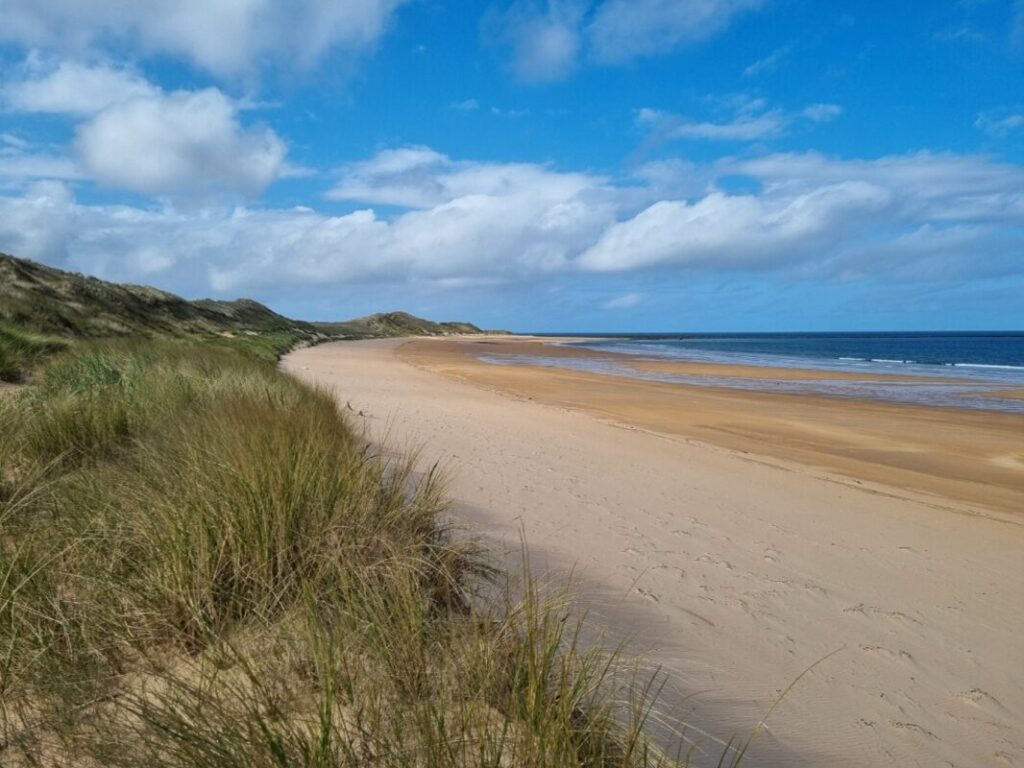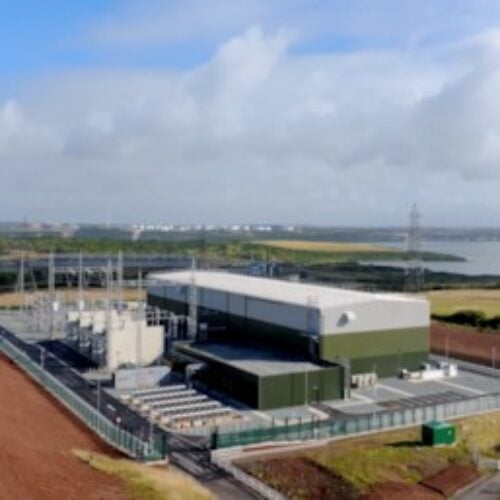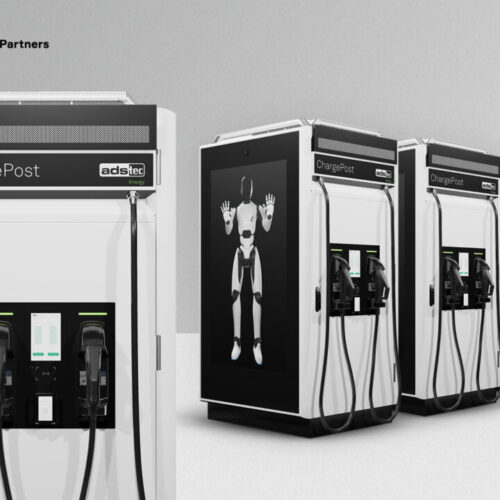The Salamander Offshore Wind Farm has been awarded Planning Permission in Principle for the onshore aspects of the floating offshore project.
The project, which is being delivered as a joint venture between Ørsted, Simply Blue Group and Subsea7, has secured consent in principle for the onshore substation and associated infrastructure on the coast of Peterhead, Scotland.
Aberdeenshire Council awarded planning consent to the developers of Salamander just seven months after the application was submitted and granted the decision unanimously, which Hugh Yendole, project director for the Salamander project, called “almost unheard of”. Additionally, the developers have submitted a second application related to onshore development to the Energy Consents Unit of the Scottish government, which includes a battery energy storage system to help store energy from the project to balance the local grid.
Furthermore, the Salamander project is also awaiting a decision from the Scottish Government’s Marine Directorate on their Section 36 award for the offshore array and associated licenses.
The Salamander Floating Offshore Wind Farm was a successful bidder in Crown Estate Scotland’s Innovation and Targeted Oil and Gas (INTOG) leasing round and signed an Exclusivity Agreement for a seabed lease in May of 2023. Once complete, the floating offshore wind farm will be located 35km off the coast of Peterhead on Scotland’s East Coast.
The Scottish government has set an ambitious target of having 11GW of offshore wind installed by 2030, while the UK government has set a target of having 5GW of floating offshore wind operational by the same date. The finished Salamander project will contribute to this, with a total capacity of 100MW.
Last year, the Salamander project opened the second phase of its supplier innovations call, inviting suppliers to submit ‘unique and novel’ solutions to the specific challenges floating offshore wind projects face, which will undergo technical evaluation before being considered for use in the development.
Commenting on the awarding of consent for the onshore development, Hugh Yendole stated the firm was “incredibly proud” of the application’s success. Yendole added: “We have achieved a number of significant ‘firsts’ with this consent – the first combined onshore substation and battery consent and the first consent of any of the innovation projects awarded exclusivity agreements under INTOG.”
He added that the team that applied for the planning consent achieved this despite challenging conditions, including “differentiating Salamander’s low-impact grid connection from the profusion of GW-scale infrastructure that is planned”.






